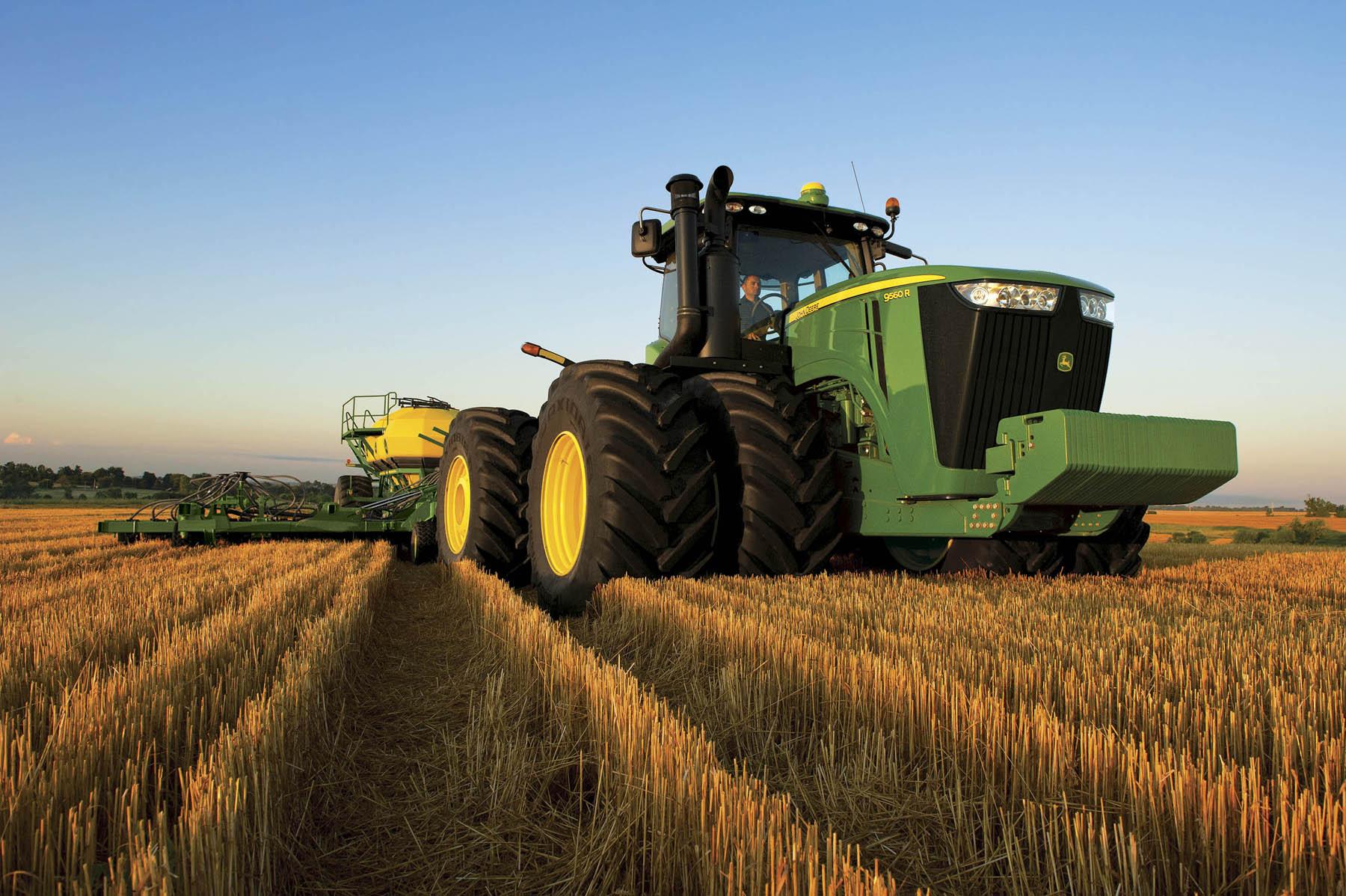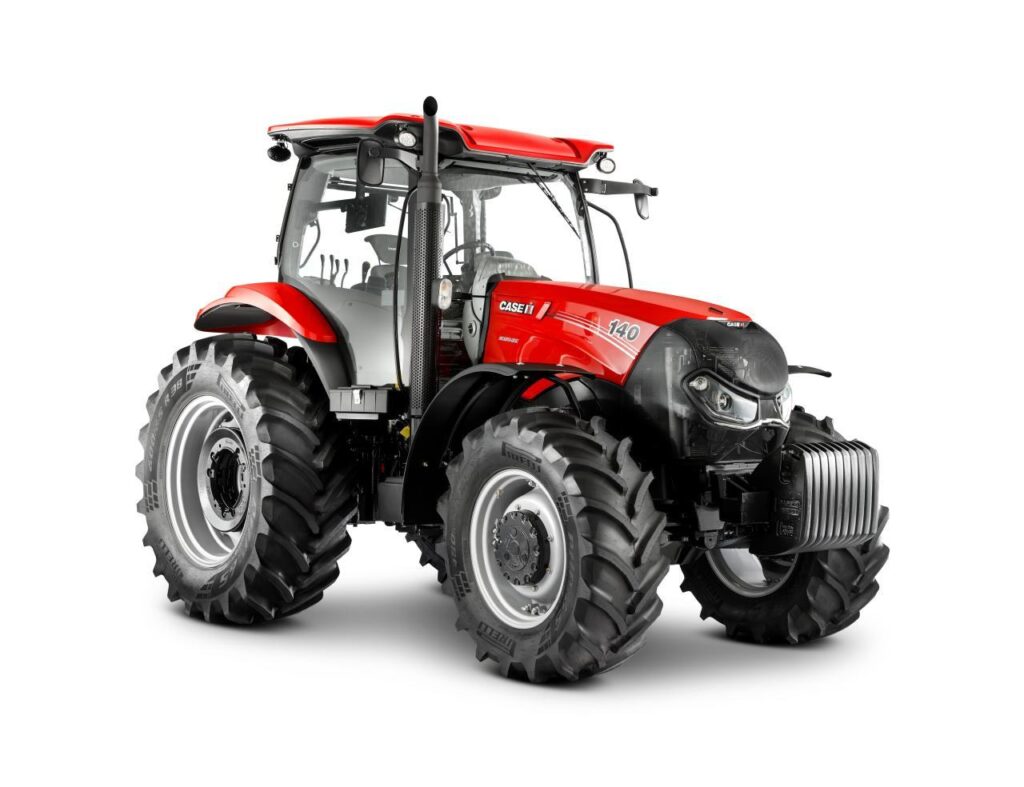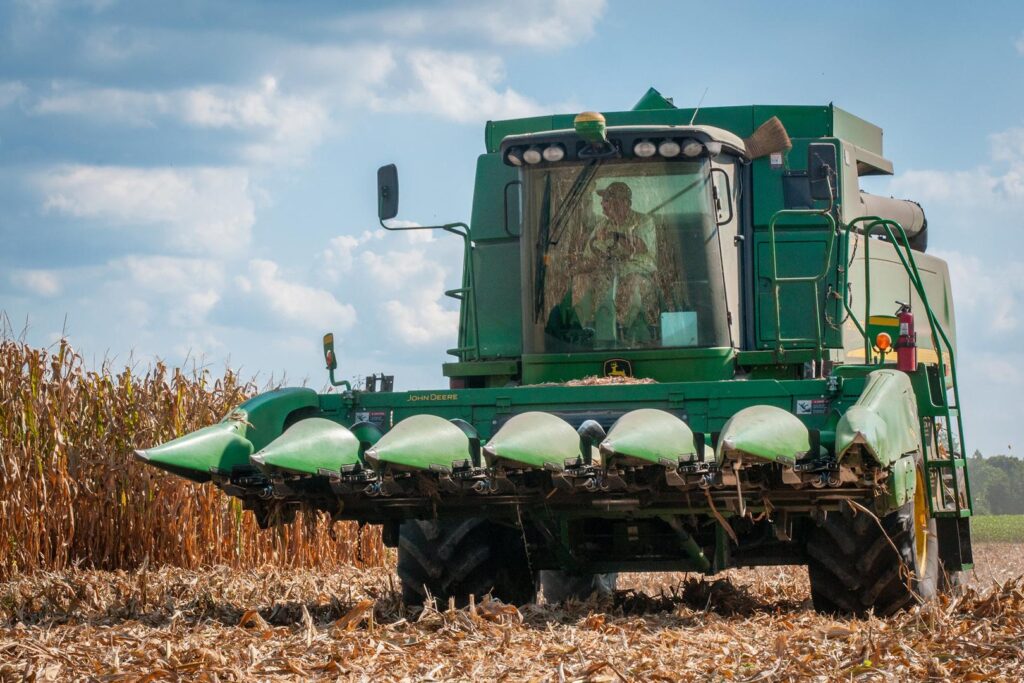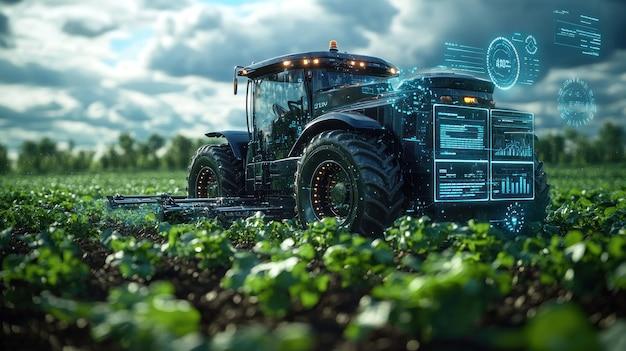The U.S. farm tractors market continues to evolve as technological advancements and changing agricultural demands shape the industry landscape. With an estimated value of $X billion in 2022, this sector represents a crucial component of American agricultural mechanization. As farmers face increasing pressure to optimize productivity while managing operational costs, the demand for efficient and technologically advanced tractors has become more pronounced. This extensive analysis examines current market dynamics, emerging trends, and projected growth patterns through 2030, considering factors such as precision agriculture adoption, environmental regulations, and shifting farm demographics. The report provides stakeholders with essential insights into market opportunities, challenges, and strategic considerations that will influence the U.S. farm tractors industry over the next seven years. The agricultural machinery sector in the United states continues to evolve, driven by technological advancements and changing farming practices. Farm tractors remain the cornerstone of agricultural operations, with market projections indicating substantial growth through 2030.Current market valuations exceed $12 billion, with an anticipated compound annual growth rate of 4.8% over the forecast period.
Precision agriculture technologies are revolutionizing tractor capabilities, incorporating GPS guidance systems, automated steering, and real-time data analytics. These innovations enable farmers to optimize field operations, reduce input costs, and improve overall productivity. Major manufacturers are investing heavily in autonomous features, with several models already offering semi-autonomous functionality.
Electric and hybrid tractors are gaining traction, notably in smaller farming operations. Environmental regulations and sustainability initiatives are driving this shift, with manufacturers developing more energy-efficient models. Battery technology improvements and charging infrastructure expansion are expected to accelerate this transition through 2030.
The market segmentation reveals distinct preferences across different farming scales. Large commercial farms predominantly opt for high-horsepower tractors equipped with advanced technology packages, while smaller operations favor versatile, mid-range models. Compact tractors maintain steady demand from hobby farmers and residential users.
Supply chain disruptions and raw material costs have impacted production and pricing strategies. Manufacturers are diversifying their supplier networks and implementing strategic inventory management to mitigate these challenges. Domestic production capacity is expanding, with several manufacturers announcing facility upgrades and new assembly plants.
regional demand patterns show varying preferences, with the Midwest leading in high-horsepower tractor sales. The Southeast and Western regions demonstrate growing demand for specialized models suited to diverse crop types and terrain conditions. Market penetration in traditionally underserved areas is increasing through improved dealer networks and financing options.
Aftermarket services and parts represent a notable revenue stream, with digital platforms facilitating easier access to maintenance support and replacement components. predictive maintenance technologies are becoming standard features, reducing downtime and extending equipment lifespan.Consumer financing trends indicate a shift toward flexible purchase options, including leasing and equipment sharing models. These alternatives help farmers manage capital expenditure while maintaining access to modern machinery. Traditional ownership models remain prevalent, but alternative financing solutions are gaining popularity among younger farmers.
Competition among manufacturers centers on technological integration, fuel efficiency, and total cost of ownership. Brand loyalty continues to influence purchasing decisions, though buyers are increasingly prioritizing specific features and performance metrics. Market consolidation through mergers and acquisitions is reshaping the competitive landscape, with emerging players challenging established brands through innovative offerings and competitive pricing strategies.
Product advancement focuses on user interface improvements, connectivity features, and compatibility with existing farm management systems. The integration of artificial intelligence and machine learning capabilities is expected to define next-generation tractors, enabling more autonomous operations and data-driven decision-making.






